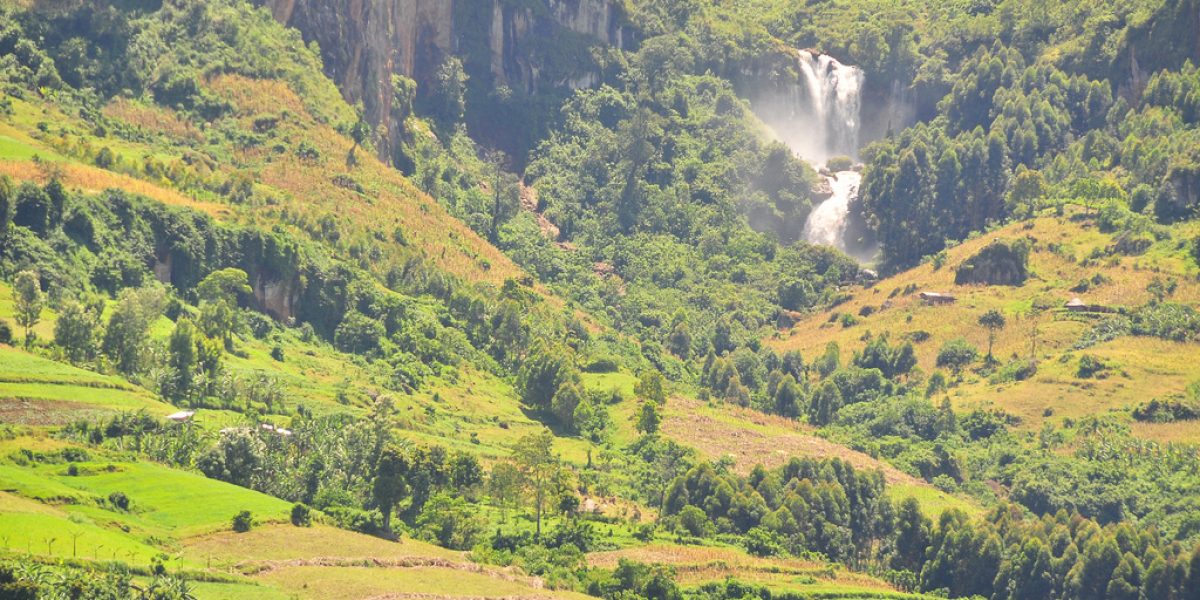Between 28 November and 8 December this year delegations from countries that are members of the United Nations Framework Convention on Climate Change will gather in Durban for the 17th Conference of the Parties (more commonly called COP17). Here they will attempt to hammer out an agreement on how to deal with the carbon emissions into the atmosphere that are resulting in the changes in the world’s climate that are already having catastrophic effects in Africa and around the globe.
Earlier this year, the Youth Development Programme of the South African Institute of International Affairs, headed by Desiree Kosciulek, invited high schools in Gauteng, the Western Cape and KwaZulu-Natal, where SAIIA has a presence, to participate in an Environmental Sustainability project linked to COP17.
The project was planned in three stages over several months in the run-up to the Durban conference.
As a first step, participating school teams were required to research, through the internet, media scanning, and personal interaction, an assigned topic related to climate change, and to consider what possible recommendations or solutions they would propose at a local, national, regional or even global level.
This first stage was completed and judged earlier in the year after the teams of three learners from each participating school had submitted their researched essay on topics like Global Climate Change and Conflict; Global Climate Change and Food Security; or Global Climate Change and Fresh Water, among others.
The teams from the sixteen winning schools in the three provinces then competed with each other, giving public presentations of their research results and recommendations in Cape Town, in Durban and finally in Johannesburg on Thursday.
The third and final round of provincial presentations was held at Sci-Bono, the science discovery centre in Newtown, Johannesburg.
Each team was free to compile and deliver its presentation in whatever way it wished, and the creativity of these young people, some in only grade 10, was truly astonishing. The competing schools in Gauteng were Pretoria Girls High School, the African Leadership Academy, Moletsane High School from Soweto, Barnato Park High School from Berea, Johannesburg, the Oprah Winfrey Academy for Girls and the National School of the Arts in Braamfontein.
The National School of the Arts, not surprisingly, used a theatrical performance to convey their message, while the Moletsane High School showed film material taken with a hand-held cameras and cell-phone from a flat in downtown Johannesburg showing a street scene strewn with litter, allegedly left by hawkers, but to judge by the papers and other waste on the tops of awnings, residents of the flats were equally culpable. The Oprah Winfrey Academy used more conventional power-point techniques.
The judges – Cecilia Kinuthia-Njenga from the regional office of the UN Environmental Programme, Dr Ute Schwaibold a Wits University environmental specialist, Joanne Lee Rolt of Trees for Africa and representatives of the sponsors, SASOL and the US consulate-general – had a very difficult task choosing the winners from among the six first-class presentations.
In the end, the Oprah Winfrey Leadership Academy for Girls were declared the best delegation, as they had made the most coherent presentation and had stuck most closely to the objectives of the exercise. Their recommendations also most effectively linked to topic they had been assigned.
In addition to the learners from the Oprah Winfrey Academy, Morategi Kale of Pretoria Girls High School, Matjie Lillian Maboya of the African leadership Academy and Mbali Mavuso of the National School of the Arts will join the Gauteng contingent as “best presenters” when the winning teams and top presenters from each will meet in Durban prior to COP 17 to compile the Durban Youth Protocol containing their recommendations for dealing with environmental issues.
The term ‘humbling’ has become clichéd, but in many ways this is the best word to describe one’s reaction to seeing how these young people had overcome disadvantage to make presentations of this quality. And let the contribution of their dedicated teachers be overlooked.
At a time when mathematics and science, and also functional fields of study like business management tend to be emphasised at the expense of the humanities and the social sciences, both at school and tertiary level, it has become critical to cultivate critical thinkers able to work on multifaceted issues like the crisis our environment is experiencing at present.
Finding solutions will need negotiators and decision-makers able to think not only in scientific terms, but also be able to deal with the historical settings and the political constraints imposed by the national interests of the diverse countries of the world as they work towards finding global solutions.
This Environmental Sustainability Project has laid a foundation for all the participating learners and schools that will enable them to contribute in a variety of ways to finding solutions to problems that will not be resolved at Durban, but will continue to pre-occupy the best minds for years to come.
Congratulations to all involved. The effort was truly worthwhile.
If the official representatives of South Africa to COP 17 are of same calibre as these young people, South Africa will be able to hold its head up proudly.








